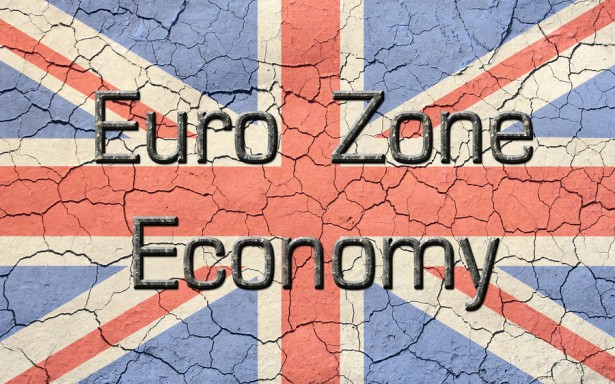The European Central Bank (ECB) announced Monday that just 25 out of the eurozone’s 130 financial institutions had failed the stress tests, a signal that the region’s banking system is becoming a lot more stable and the ECB is doing its job of supervision correctly.
According to the ECB, the purpose of the stress tests was to conclude if banks could survive a two-year recession and chaos in the financial markets. To find out, it had utilized financial institutions’ end of 2013 balance sheets.
Of the 25 failing banks nine were located in Italy, while the remaining were spotted in Greece, Cyprus and Slovenia. Also, the stress test failures were small- or medium-sized banks. France, Germany and Spain, which received an immense bailout in 2011, did not have any failures at all.

The stress tests, which consisted of an asset quality review (AQR) and a forward-looking stress test of the banks, indicate that the matter of under-capitalization rests in the small- and medium-sized financial institutions is of little concern, though there are skeptics that feel this issue can be allocated to larger banks, such as Deutsche Bank AG’s massive balance sheet.
Yves Mersch, a member of the European Central Bank’s board, said last week with the New York Times that the eurozone’s banks had increased their balance sheets by $260 billion because they were expecting the stress tests.
“This unique and rigorous exercise is a major milestone in the preparation for the Single Supervisory Mechanism, which will become fully operational in November,” said Vítor Constâncio, Vice-President of the ECB, in a statement. “This unprecedented in-depth review of the largest banks’ positions will boost public confidence in the banking sector. By identifying problems and risks, it will help repair balance sheets and make the banks more resilient and robust. This should facilitate more lending in Europe, which will help economic growth.”
The total shortfall of the failed banks was €24.6 billion ($31.2 billion).
Overall, the stress tests have established heightened confidence in eurozone banks. Stress tests are often used by central banks and banking regulators to encourage financial institutions to get into better shape in a public manner.
ECB stimulus to include bigger actions
Reuters published an in-depth report Monday highlighting how ECB sources believe the central bank’s plan to acquire private sector assets could very well fall short of its long-term initiatives and may prompt the central bank to take greater action to invoke economic stimulus as well as quantitative easing, otherwise known as government bond purchases.
As we reported last month, ECB President Mario Draghi is seeking to expand its balance sheet by an additional €1 trillion ($1.27 trillion) next year. However, this may come into problems because of the paucity of euros to purchase the bonds and the illiquid trading of asset-backed securities (ABS).
Here are two comments made by insider sources to the newswire service:
“Some people know that this (the current purchase plan) will not work. It’s too small and the problem is much, much bigger.”
“We’re perfectly aware these two markets are not that simple and certainly on their own will not be sufficient to expand our balance sheet as we intend.”
A spokesperson for the ECB issued a statement in relation to the story: “The targeted long term refinancing operations (TLTRO) and the purchases of ABS and covered bonds have to be seen as a package. The overall impact of these three measures on the balance sheet size of the Eurosystem will be sizeable.”
Despite the good news of the stress tests, EU economist Philippe Legrain told the London Telegraph that the results underscore the risk of deflation and high debt leverage in eurozone. Meanwhile, financial experts believe the ECB is ignoring these threats as it tries to clean up the financial system.



